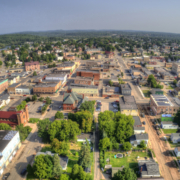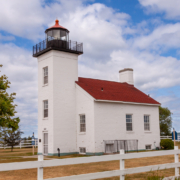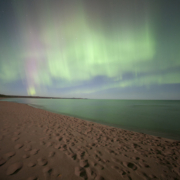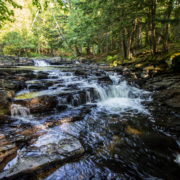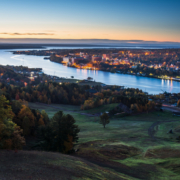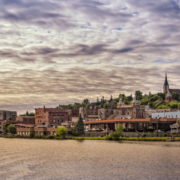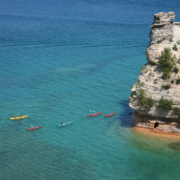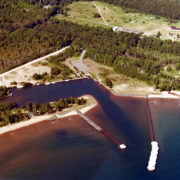Posts
Escanaba
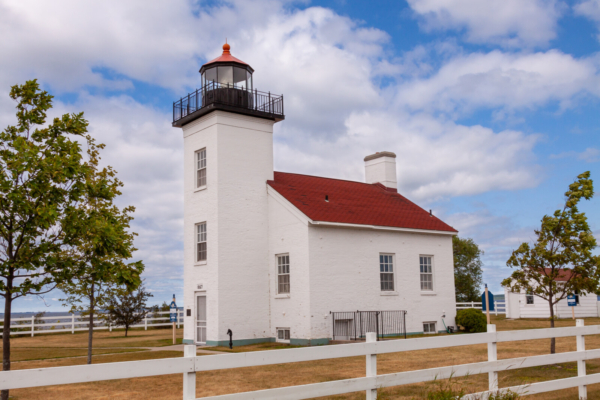
Escanaba has rich resources and natural beauty that make it a regional hub for Michigan’s south central Upper Peninsula. The area is renowned for its beaches, water activities, and proximity to lighthouses, waterfalls, the Fayette Historic Townsite and Kitchitikipi – the Big Springs in the Palms Book State Park.
Escanaba links:
City of Escanaba
Republic
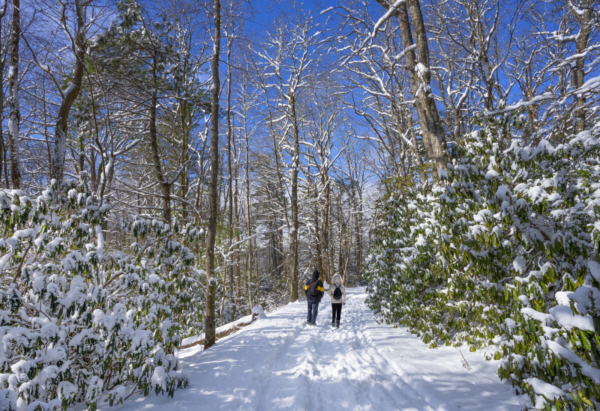 Republic is a charming town in the Southwestern corner of Marquette county and is known as a year-round playground. Forests are crisscrossed with trails running alongside with rivers and lakes, much of which is the Escanaba River State Forest. Republic is made up of two small town centers separated by the huge, open-pit iron mine that now serves as a year-round visitor attraction with interpretive panels.
Republic is a charming town in the Southwestern corner of Marquette county and is known as a year-round playground. Forests are crisscrossed with trails running alongside with rivers and lakes, much of which is the Escanaba River State Forest. Republic is made up of two small town centers separated by the huge, open-pit iron mine that now serves as a year-round visitor attraction with interpretive panels.
Republic link:
Big Bay
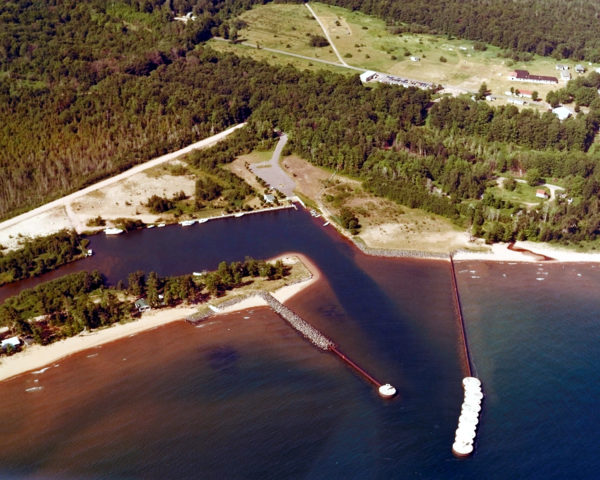 Big Bay was founded as a company-built sawmill town, tucked between the Huron Mountains and Lake Superior. In 1943 after a brief recession the mill was bought and reopened by Henry Ford. Like many other of Henry Ford’s model towns it was pretty but unprofitable and soon closed. Big Bay is neighbored by the Huron Mountain Club, a vast fenced off fishing and hunting retreat and wilderness area owned by extremely wealthy families, most of whom made their money in the 19th century, including the Ford family.
Big Bay was founded as a company-built sawmill town, tucked between the Huron Mountains and Lake Superior. In 1943 after a brief recession the mill was bought and reopened by Henry Ford. Like many other of Henry Ford’s model towns it was pretty but unprofitable and soon closed. Big Bay is neighbored by the Huron Mountain Club, a vast fenced off fishing and hunting retreat and wilderness area owned by extremely wealthy families, most of whom made their money in the 19th century, including the Ford family.
Big Bay is most famously known as the location of the Robert Traver book “Anatomy of a Murder” which was also made into a movie directed by Otto Preminger and starring Jimmy Stewart and Lee Remick.
Big Bay is also the western trailhead of the Hiawatha Water Trail, and near unusual Jacobsville sandstone formations under the waters of Lake Superior that rise up to become cliffs.

